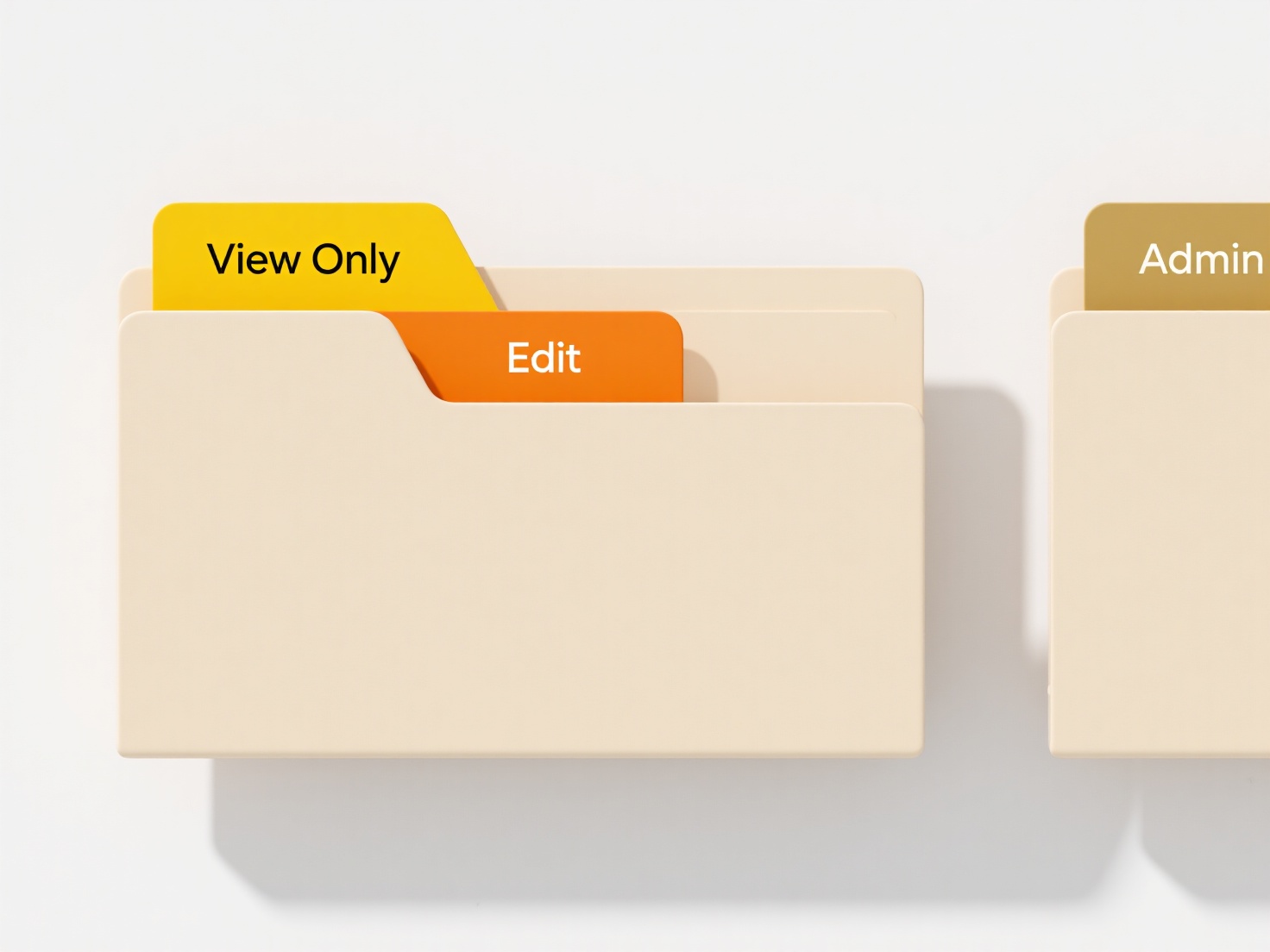
File duplicates can appear larger despite containing identical primary data due to variations in associated file details. This occurs when the duplicate copy incorporates extra embedded information (metadata), uses less efficient saving settings, or incurs minor corruption during copying. Even minor adjustments like timestamps, author fields, or software-specific data can inflate the file size compared to an otherwise identical original.
For example, saving a JPEG photograph with higher "Quality" settings during duplication increases its file size due to more retained image detail. Similarly, emailing a document as an attachment might automatically add hidden encoding information or formatting instructions compared to saving the same file directly from an office suite, causing the attachment duplicate to be larger.

This size inflation is generally wasteful, consuming extra storage without delivering meaningful additional content. While occasionally useful for preserving editing history unintentionally, frequent size mismatches complicate accurate deduplication efforts and storage management. Users should verify duplicate integrity with checksums to ensure functional equivalence beyond size alone.
Why are duplicates sometimes larger in size?
File duplicates can appear larger despite containing identical primary data due to variations in associated file details. This occurs when the duplicate copy incorporates extra embedded information (metadata), uses less efficient saving settings, or incurs minor corruption during copying. Even minor adjustments like timestamps, author fields, or software-specific data can inflate the file size compared to an otherwise identical original.
For example, saving a JPEG photograph with higher "Quality" settings during duplication increases its file size due to more retained image detail. Similarly, emailing a document as an attachment might automatically add hidden encoding information or formatting instructions compared to saving the same file directly from an office suite, causing the attachment duplicate to be larger.

This size inflation is generally wasteful, consuming extra storage without delivering meaningful additional content. While occasionally useful for preserving editing history unintentionally, frequent size mismatches complicate accurate deduplication efforts and storage management. Users should verify duplicate integrity with checksums to ensure functional equivalence beyond size alone.
Quick Article Links
What does the system do when a file with the same name already exists?
When a file with the same name already exists during a save or copy operation, the system initiates a conflict resolutio...
Why does my organization block file sharing externally?
Companies block external file sharing to control security risks and prevent unauthorized data exposure. This involves re...
Can I rename files based on email subject line?
Renaming files based on email subject lines involves automatically applying the text from an email's subject field as th...